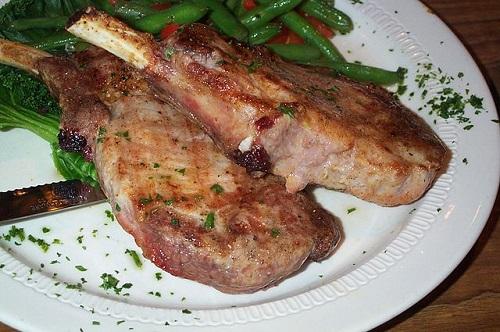Blog
HAM, BACON, GAMMON & GREEN BACON

HAM
Ham is pork from a leg cut that has been preserved by wet or dry curing, with or without smoking. As a processed meat, the term “ham” includes both whole cuts of meat and ones that have been mechanically formed.
Ham is the cured hind leg of a pig , smoked or salted and smoked to preserve it. Ham that are dry salted has the best flavour and are the most tender but other hams are plunged straight into brine, or cured in a way that combines both methods. Curing time can as long as 2 months .Salt used for curing is usually mixed with sugar an assortment of spices, particularly pepper and with nutritive preservatives.
BACON
Bacon is a type of salt-cured pork. Bacon is prepared from several different cuts of meat, typically from the pork belly or from back cuts, which have less fat than the belly. It is eaten on its own, as a side dish (particularly in breakfasts), or used as a minor ingredient to flavour dishes (e.g., the club sandwich). Bacon is also used for barding and larding roasts, especially game, including venison and pheasant. The word is derived from the Old High German bacho, meaning “buttock”, “ham” or “side of bacon”, and is cognate with the Old French bacon.
GAMMON
Gammon is the hind leg of pork after it has been cured by dry-salting or brining. It may or may not be smoked. Like bacon, it needs to be cooked before it can be eaten. It may be sold on-the-bone or without bone, or as steaks or slices. It differs from ham in that ham is cured after being cut from the carcass and the curing process for ham may be different. Additionally, ham in Britain tends to be sliced extremely thinly, whereas gammon is sliced thickly as a steak, from a joint.
GREEN BACON
It is a bacon which is cured, salted but not smoked and not processed.